Occupational
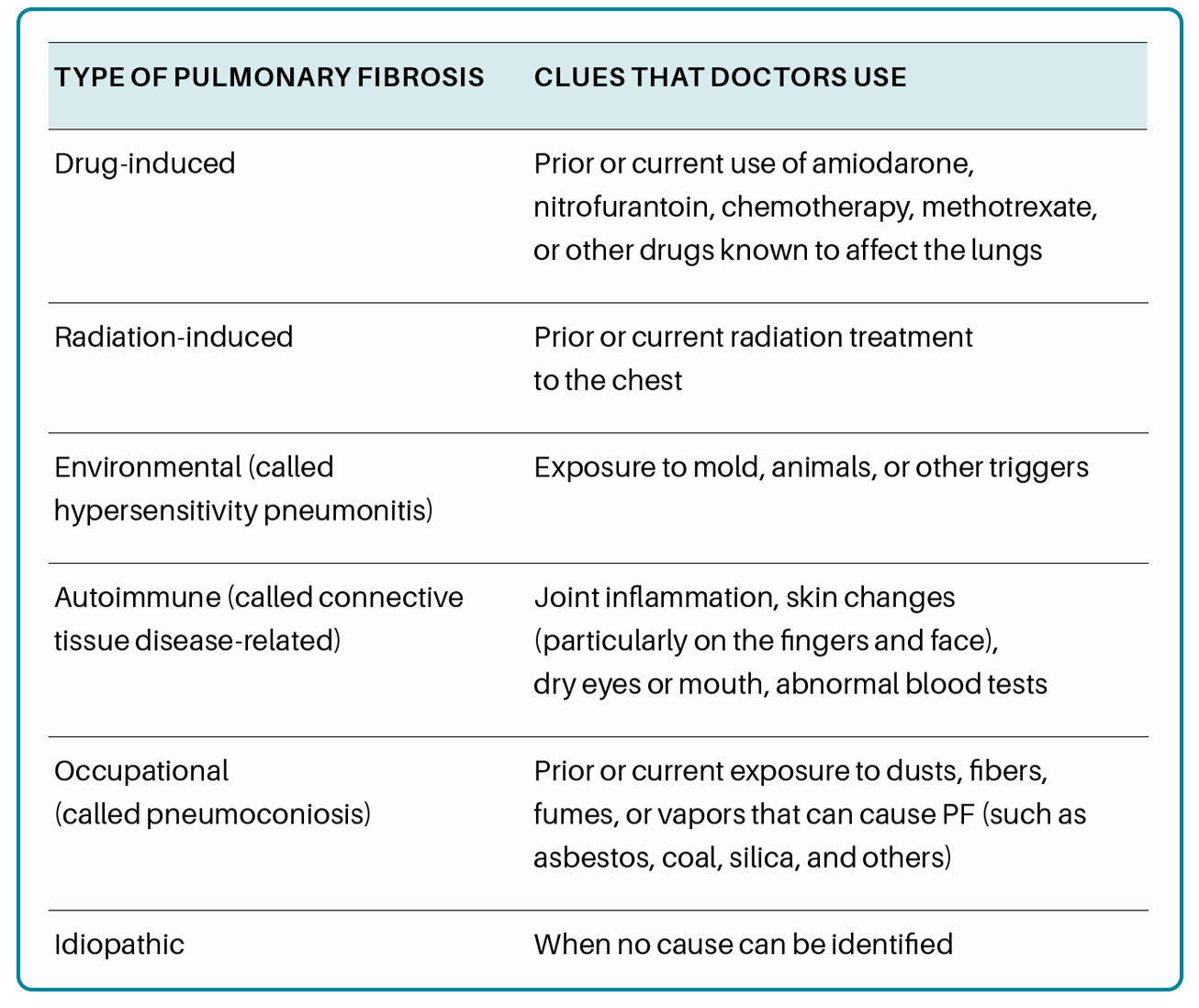
What Are Occupational Pulmonary Fibrosis and Pneumoconiosis?
Pulmonary fibrosis (PF) is part of a larger group of more than 200
interstitial lung diseases (also known as ILDs) that are characterized by inflammation and/or scarring in the lung. In ILDs, the injury and damage occurs in the walls of the air sacs of the lung, as well as in the tissue and space around these air
sacs. When an interstitial lung disease includes scar tissue in the lung, we call it pulmonary fibrosis.
One of the subgroups of interstitial lung disease is those that are related to occupational exposures (exposures that occur at work), referred to as “pneumoconioses”. “Pneumoconioses” are caused by inhalation of mineral dusts.
Occupations such as coal mining, construction, and shipbuilding, that involve manufacturing, crushing, cutting, or grinding and result in inhalation of mineral dusts are the highest risk. The most common types of pneumoconioses are asbestosis, silicosis,
and coal workers’ pneumoconiosis.
What Are The Symptoms Of Occupational Pulmonary Fibrosis?
Symptoms of occupational pulmonary fibrosis can include shortness of breath, cough, and fatigue. People with one type of occupational pulmonary fibrosis, coal workers pneumoconiosis, can also have bloody or black sputum production.
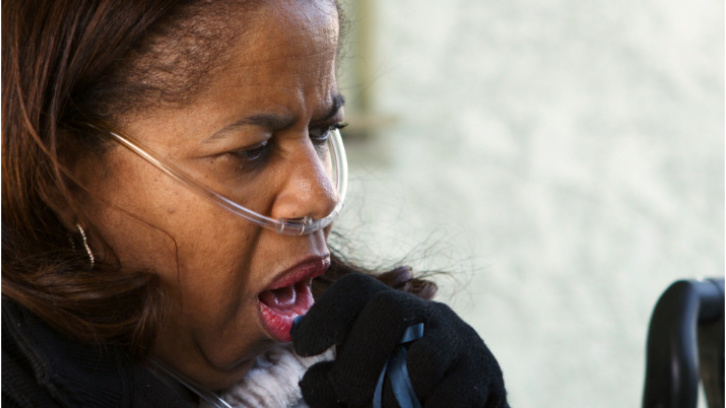

How Is Occupational Pulmonary Fibrosis Diagnosed?
When a doctor or other healthcare provider suspects that a patient has ILD, they will collect information about the patient’s medical and personal history, work and home environment, hobbies, and illness that may be present in the family. This can help a doctor identify exposures or other diseases that might have caused lung injury and scarring. The doctor will also often order pulmonary function tests, a chest x-ray, blood work, and a high-resolution CT scan.
Pulmonary function tests measure how much air the lungs can hold, and how the lungs are working overall. Scarring can cause the lungs to shrink, and it can also make them stiff and unable to fully expand. This means the lungs are able to hold less air. Scar tissue may also affect the ability of the lungs to transfer oxygen to the bloodstream.
Blood work (serology) can provide information about exposures that may have caused a person’s lung injury, or show that other diseases are present which may be associated with the development of PF.
A high-resolution computed tomography (HRCT) scan is a special type of x-ray that shows fine detail of the lung tissue. On a CT scan (also known as CAT scan) healthy lung tissue looks nearly black, and scar tissue and inflammation appear grey or white.
Lung biopsies are rarely performed since most patients with occupational PF have an obvious history of exposure.
Asbestosis
Asbestosis is caused by inhaling asbestos fibers. Although workplace rules have decreased the number of cases of asbestosis in the United States, workers involved with abatements, grinding new brake pads, or production of materials such as for roofing can still be exposed to damaging asbestos fibers. A history of work in construction, plumbing, automotive repair, or demolition up until the mid 20th century increases risk of asbestosis. The more exposure a person has had, the higher the risk of developing asbestosis. There is usually a lag time of several years between exposure and development of lung disease. Exposure to asbestos in soil has not been shown to cause disease. Asbestosis is usually a slowly progressive form of pulmonary fibrosis.
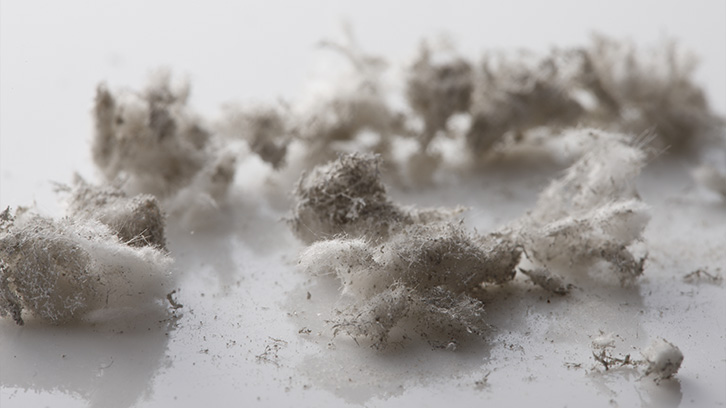
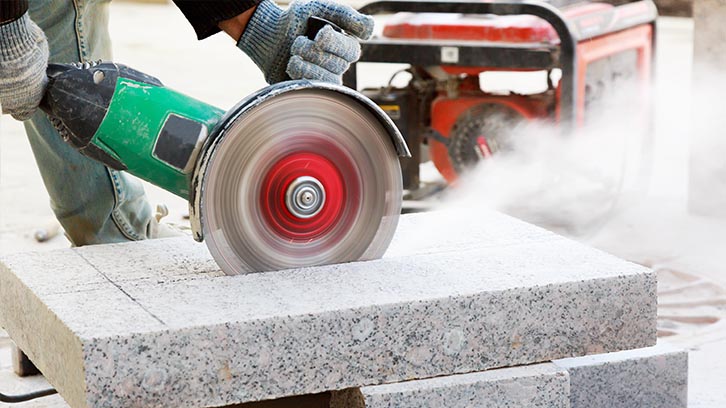
Silicosis
Silicosis is caused by inhalation of silica dust. Stone cutting, masonry, and ceramics are some of the occupations at risk for development of silicosis. Silicosis can take an acute (rapidly developed) form or a chronic (slowly developed) form.
Coal Workers Pneumoconiosis
Coal workers are exposed to multiple elements including coal dust, silica dust, and diesel exhaust. Coal workers pneumoconiosis (CWP) can take two main forms: the simple form, which is often without symptoms, and complicated CWP referred to as “progressive massive fibrosis” which can cause progressive respiratory symptoms and dysfunction. People with CWP may have black or bloody sputum production.
Coal workers have gone through medical surveillance since the Federal Coal Mine Safety Act of 1969 established the Coal Workers Health Surveillance Program (CWHSP). Surveillance includes respiratory health surveys, breathing studies (spirometry) and chest x-rays that are confidential, free of charge and that can be readily shared with the worker. In 2014, the Mine Safety and Health Administration added new regulations, surveillance requirements and protection for coal miners including the expansion of surveillance to surface miners to improve early detection and prevent disease.

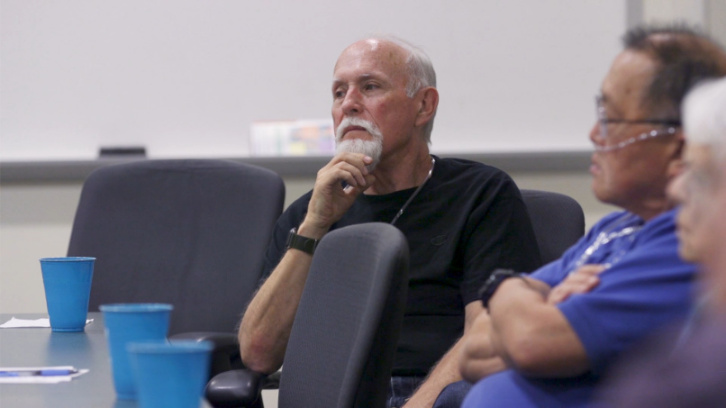
How Is Pneumoconiosis Treated?
Treatment focuses on managing symptoms and slowing the progression of the disease. The most important step is to stop the exposure that has caused the disease. Supplemental oxygen, pulmonary rehabilitation, and management of symptoms are important treatment options for many types of pulmonary fibrosis, depending on how severe the disease is. Lung transplantation may also be considered for some patients. Smoking cessation and routine vaccinations are important parts of living with pulmonary fibrosis.
What should I do next?
If you have been recently diagnosed with pulmonary fibrosis, consider making an appointment with a pulmonologist who has experience caring for patients with PF. A knowledgeable team of experts will help make sure you receive an accurate diagnosis and
the most up-to-date treatments and management recommendations. To assist you in finding pulmonologists nearest to your home who provide expert care to patients with PF, the Pulmonary Fibrosis Foundation established the PFF Care Center Network, which includes 68 medical centers throughout the United States. You can search for the PFF Care Center Network medical center closest to
you here.
We also recommend that you join a pulmonary fibrosis support group. Connecting with other individuals facing the same illness can help you and your family feel less alone in your journey with pulmonary fibrosis. Support groups can supplement the care
you receive from your healthcare team by providing emotional support and education. You can find a list of support groups
here.
Support groups can help those living with pulmonary fibrosis to:
- Learn about their disease and available treatments
- Feel supported by others who share similar experiences living with PF
- Learn to navigate the healthcare system more effectively
- Improve coping skills, connect with helpful resources, and more
Contact the PFF Help Center by calling 844.TalkPFF (844.825.5733) or email help@pulmonaryfibrosis.org. We can help answer your questions, discuss your concerns, and connect you with resources.
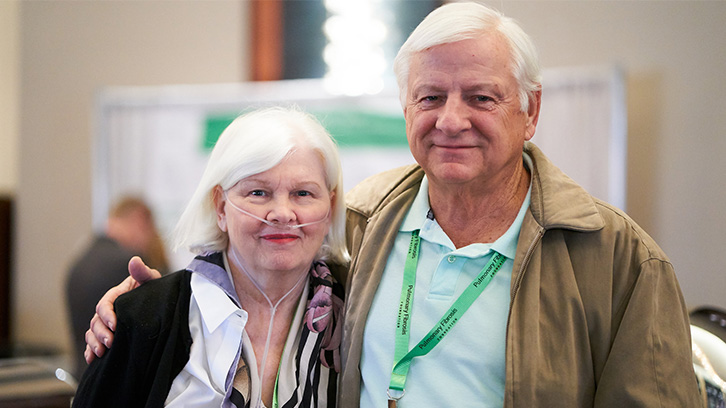
Educational Materials
Find reliable information and trusted resources that can help you learn about pulmonary fibrosis and live better with PF.
-
View Full Details
Pulmonary Fibrosis Information Guide
Our comprehensive guide provides reliable information about pulmonary fibrosis, the diagnostic process, treatment options, and more. -
View Full Details
Coal Workers’ Pneumoconiosis Fact Sheet
“Pneumoconioses” are chronic lung diseases caused by inhalation of mineral dusts. Read this fact sheet for more information about occupational pulmonary fibrosis. -
View Full Details
Asbestosis Fact Sheet
Asbestosis is a type of pulmonary fibrosis, or lung scarring, specifically caused by inhaling asbestos fibers. Read this fact sheet for more information about this type of pulmonary fibrosis.

PFF Help Center
For those living with pulmonary fibrosis, obtaining the most accurate and current information can be a frustrating and challenging task. Let us help you find your answers.
